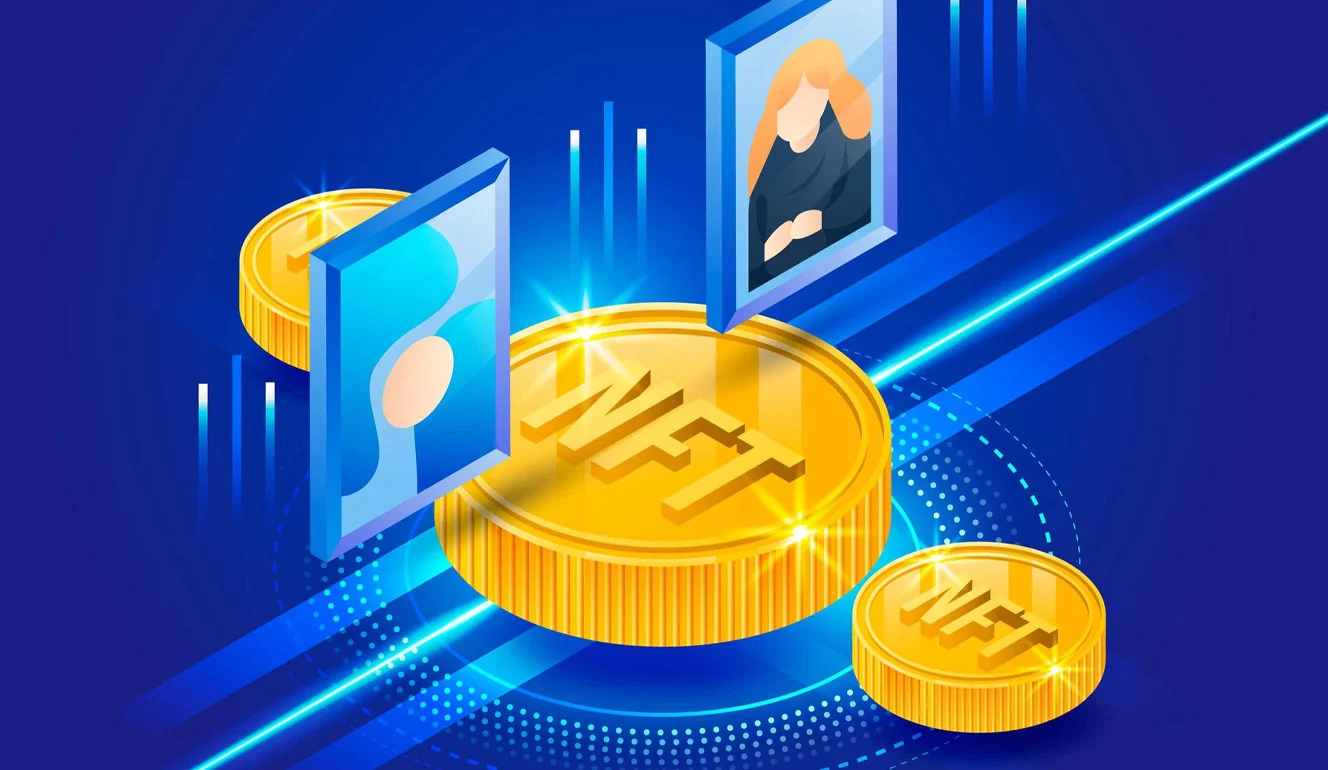Jack Dorsey, the founder of Twitter, sold a screenshot of his inaugural tweet for $2.9 million in an auction. The reason for such a high price? It was sold as an NFT
Non Fungible Token

Non-fungible tokens (NFTs) are typically generated using blockchain technology, the same technology used for cryptocurrencies such as Bitcoin or Ethereum.
Let’s dissect the term “non-fungible.” According to Merriam Webster, “fungible” means “being something (such as money or a commodity) of such a nature that one part or quantity may be replaced by another equal part or quantity in paying a debt or settling an account.” Another word for this concept is “interchangeable.”
For instance, one peso coin can be swapped for another because they hold the same value. As long as it can be used for payment, any peso coin will suffice. This is often true for mass-produced items like soap or paperclips, as they all share identical properties.
Conversely, the Mona Lisa painting is non-fungible. It is a unique masterpiece crafted by the renowned Italian artist, Leonardo da Vinci. It stands alone and cannot be replaced by other paintings.
A token serves as a symbol or representation of an asset and is tied to a specific blockchain address. To transfer an asset via blockchain, one simply needs to sign the token with their private key and send it to the recipient. A private key acts as a password to the blockchain, facilitating the transfer of ownership.
Therefore, Jack Dorsey’s screenshot of the first tweet holds a value of $2.9 million because it is a distinct digital item. Much like the Mona Lisa, it is singular and cannot be exchanged for another image file.
Second rate trying hard Copycat
“Striving to be authentic in a sea of imitation: How does an image file like a screenshot become one-of-a-kind? Simply copying a file such as a .jpeg or .mp3 results in a digitally identical duplicate. However, to truly imbue it with uniqueness, we must turn to another technology associated with Web 3.0: IPFS, or the InterPlanetary File System.”
Will the Real XXX Stand up

The InterPlanetary File System (IPFS) functions as a protocol, hypermedia, and file-sharing peer-to-peer network designed to store and distribute data across a decentralized file system. A simple analogy would be to liken it to an advanced version of Napster. IPFS employs content-addressing to provide a unique identifier for each file. Unlike traditional file systems that rely on URLs for location, IPFS utilizes Content ID (CID), which is derived from the file’s content. This CID is unique and changes if the content is altered, ensuring tamper-proofing.
An alternative perspective on CID is akin to receiving an official receipt when purchasing a painting. This receipt serves as a legal document, similar to a certificate of authenticity, validating the acquisition of an original artwork.
Despite the prevalence of scams and fraudulent activities related to NFTs, the market continues to thrive. Initially utilized for digital art, games, music, and films, NFTs are now expanding into other domains such as documentation and legal applications.

